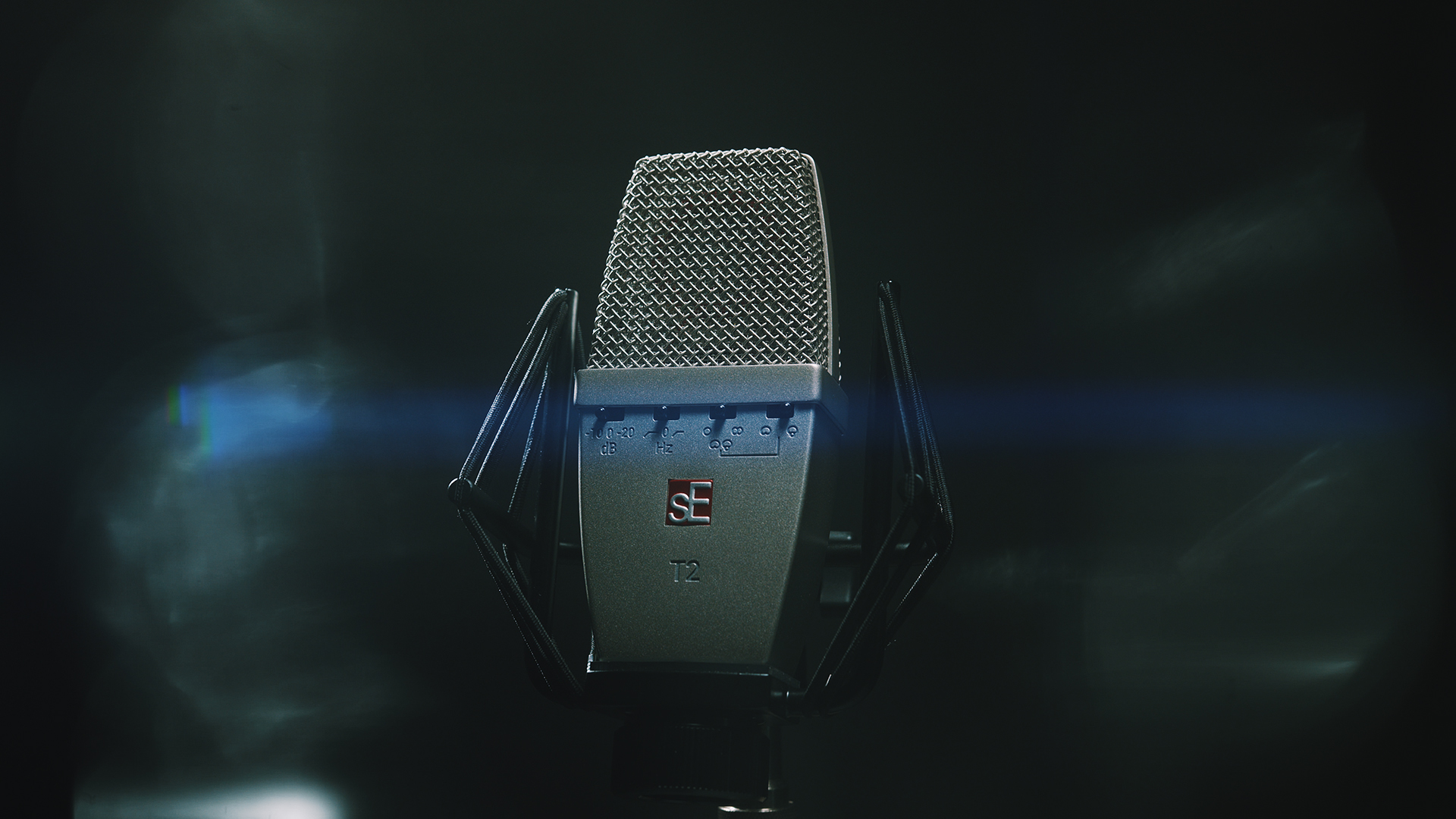Polar Pattern Selection: Let’s Cut to The Chase
A high-end condenser microphone will often have more than one polar pattern. If you’re new to recording, this can be both intriguing and highly confusing. There’s nothing more exciting than experimenting with a good studio mic. However, your recordings can end up sounding worse if you don’t understand the intended function and best applications for each pattern.
So, let’s cut to the chase: In the studio, when recording with a vocal condenser microphone, cardioid is almost always going to be the best bet. In fact, a studio condenser microphone that’s not multipattern, will be solely a cardioid mic. A good condenser mic with a Reflexion Filter and a cardioid polar pattern will always yield good results.
When might you try another polar pattern? Let’s say you’re recording a live bluegrass band all in one open studio space: You may want to create more isolation on individually close-miked instruments by using a hypercardioid pattern. You may also want a couple omnidirectional microphones to pick up the natural blend of the band within the space.
If you’re unsure, especially if your time in the studio is limited, cardioid is your friend. Trust it!
Published: June 2023
By: Chris Frasco (Owner & Operator of Master Frasco Audio Lab, Nashville)
